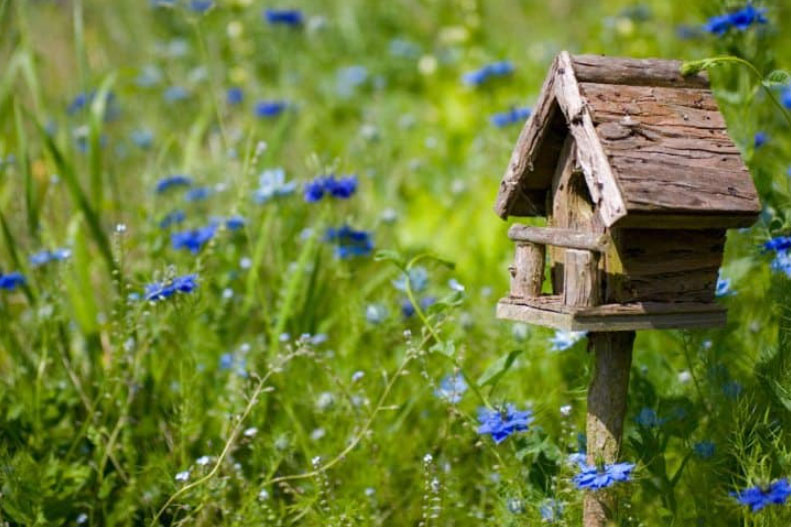If you’re interested in starting a garden but don’t have a lot of space or exposure to natural light, indoor gardening might be the solution. Indoor gardening offers many benefits, including improving indoor air quality and cognitive health, and is good for the environment. With a little planning and effort, you can grow a wide variety of plants indoors. Here are seven tips to get you started.
Create a Plan
Decide what type of plants you want to grow, and research what type of care they will need. Once you have a clear idea of what you want to grow, you can start to prepare your space. You can start by planning out your garden layout.
Draw a basic sketch of your space, and then use graph paper to map out where each plant will go. This sketch will help ensure that your garden is both aesthetically pleasing and functional. Make sure to choose a location with enough light, and set up any necessary watering and drainage systems. Create some room for adjustments in your plan to make it possible for you to improve the garden and try out different ideas. With a little planning and effort, indoor gardening can be a fun and rewarding hobby.
Consider Your Space
One of the most important things to consider when starting an indoor garden is the space you have available. If you don’t have much room, you’ll need to be more selective about the plants you choose. For example, dwarf varieties or trailing plants are good options for small spaces.
It’s also important to consider how much light your space gets. If it’s a north-facing room, it will get less light than a south-facing room. This direction will affect the type of plants you can grow.
Plants that need full sun won’t do well in a north-facing room, but those that prefer partial shade will do better. By considering your space and the amount of light it gets, you’ll be able to choose the right plants for your indoor garden.
Use Quality Potting Mix
Using a quality potting mix will ensure that your plants have the nutrients they need to thrive. Choosing a potting mix that drains well is also important, as too much moisture can lead to problems such as root rot. If you’re unsure which potting mix to choose, ask professionals like Soils Alive, a knowledgeable gardener, or visit your local nursery. With a little trial and error, you’ll soon find the perfect potting mix for your indoor garden.
Pick the Right Plants
Not all plants are well-suited to life indoors; some may even require special care to thrive. When choosing plants for your indoor garden, it is important to consider the amount of light and space available. If you have a small space and low light, consider growing plants that thrive and are tolerant of these conditions, such as succulents or air plants. If you have a larger space and more light, you can experiment with various plants.
If you’re new to indoor gardening, it’s best to start with low-maintenance plants that are easy to care for. Once you get more experience, you can experiment with different types of plants and see what works best in your home. You’ll find the perfect plants for your indoor garden with a little trial and error.
Get Some Grow Lights
Grow lights simulate sunlight and provide plants with the energy they need to photosynthesize. Many beginner gardeners make the mistake of assuming that any type of lightbulb will do, but not all lightbulbs are created equal. For example, fluorescent bulbs are relatively inexpensive and emit very little heat, making them a good choice for small-scale operations. However, they also produce light that is not very intense, which can stunt the growth of some plants.
LED bulbs are more expensive than fluorescent bulbs, but they emit a much brighter light. Their brightness makes them ideal for larger gardens or plants that require a lot of light to thrive. When choosing a grow light, consider the plant’s needs and the size of your operation. With the right grow light, you can enjoy a healthy and bountiful indoor garden all year round.
Be Cautious of Pests
Even if you take all of the necessary precautions, it is still possible for insects and other pests to find their way into your home and infest your plants. If you notice any pests, the first thing you should do is try to identify them.
Identifying them will help you determine the best course of action for getting rid of them. There are several different methods for pest control, so it is important to choose one that is safe for your plants and your family. Once you have identified and eradicated any pests, be sure to take steps to prevent them from coming back in the future.
Take Advantage of Technology
These days, there are all sorts of kits and gadgets that can make indoor gardening easier, more efficient, and more fun. For example, self-watering planters can keep your plants hydrated even when you forget to water them.
There are also grow lights that mimic the sunlight that your plants need to thrive. And there are apps that can help you track your progress and learn more about plant care. By taking advantage of these technological advances, you’ll enjoy all the benefits of indoor gardening without all the hassle.
Indoor gardening is a great way to enjoy all the benefits of having a garden without dealing with harsh weather conditions or a lack of space. Plus, studies have shown that gardening is great for mental health and the environment. By following these tips, you’ll be well on your way to becoming an indoor gardening pro in no time.
